Project
Astley & Bedford Moss
Rewetting and Restoration Works
Client: Natural England and private Landowner
Final Value: £42,489
Start Date: Sep 2023
Finish Date: Nov 2023
Special Features
Habitat Improvement Works
Services
Grassland Management
Cutting Back & Scrub ClearancePeat Bunding
Re-wetting
Background
This project relates to a series of rewetting and restoration works carried out on Astley and Bedford Mosses, a SSSI designated lowland raised bog. These works are a continuation of works that were undertaken under a previous Higher-Level Stewardship (HLS) Agreement which was set up in 2012 and expired in 2021.
The aim of the project
The aim works was to improve the hydrology of the bog habitat by blocking internal surfaces ditches, clearing overgrown scrub from the site and creating water retaining bunds to raise water levels and promote the growth of bog vegetation.
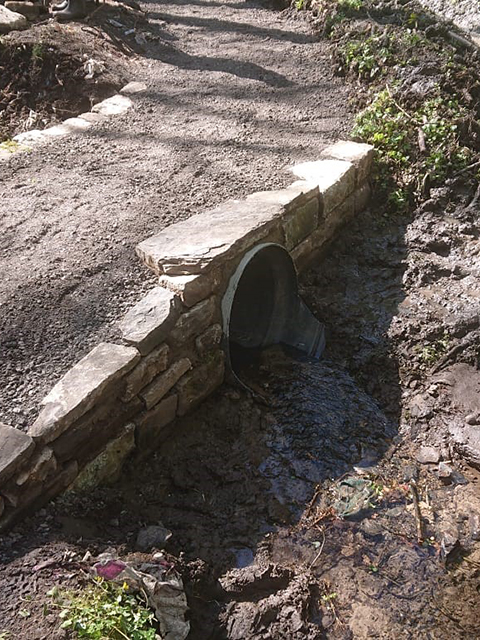
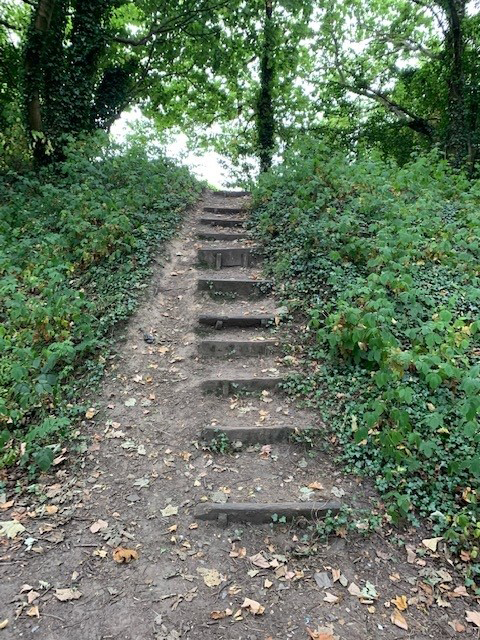
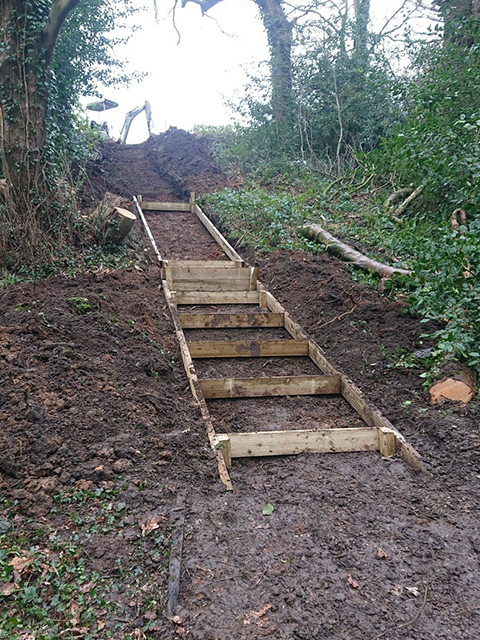
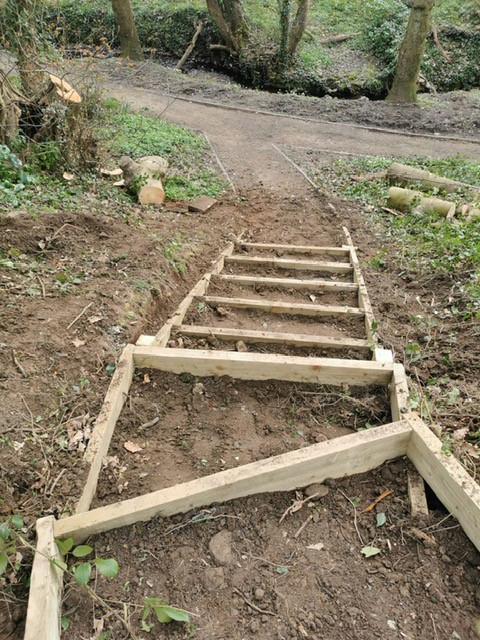
CCNW Solution
Scope of Works
CCNW carried out the entrance enhancement works by widening access points, cutting back around entrance points No 1,2,3 and 4 leading to Elmer’s Clough woodland. The old, damaged steps were removed and replaced with new steps at all four entrance points leading into the Clough.
New metal handrails were installed on the existing bridge structures, and the old and damaged wooden handrails were removed.
Additional sections of footpaths leading to new steps were created, allowing easier access to the Clough.
Entrance Enhancement Works
CCNW started by widening access points and cutting back overgrown vegetation around entrance points 1, 2, 3, and 4, making it easier to access the Elmer’s Clough woodland.
Entrance No.1 Step Replacement Works
The CCNW team removed 25 existing old and damaged steps and replaced them with new sleeper steps and landing at the access point adjacent to Skelmersdale Baptist Church. Replacement steps 1000mm x 200 x 80mm were secured using 500 mm x 75mm x 75 mm pointed stakes. The old and damaged plastic ritter mats were also removed.
Excavation was carried out in preparation for installing 12m of new path from the top of steps to hard standing at Flimby (pavement) using 150mm x 50mm revetment boards following the existing route.
Terram geotextile sheeting within boards was installed, along with Mot type 1 recycled aggregate subbase and compacted to a depth of 100mm. In addition, a 4mm to dust-wearing course of recycled aggregate was compacted to a depth of 50mm along the new section of the path with an appropriate cambered finish using a drag box to achieve camber.
Entrance No.2 Step Replacement Works
Here, the CCNW team removed 13 boards and replaced them with new 1000mm x 200mm x 80mm boards, secured in the ground using 500mm x 75mm x 75mm pointed stobs.
Excavation was carried out, and 10m of new path was installed at the access point adjacent to hard standing at Flaxton, using 150mm x 50mm revetment boards following the existing route. Terram geotextile sheeting within boards was installed, with a recycled aggregate subbase and dust-wearing course along the new path as specified for Entrance 1.
Entrance No.3 Step Replacement Works
At entrance 3, the CCNW team removed 12 boards, replacing them with new 1000mm x 200mm x 80mm boards, secured in the ground using 500mm x 75mm x 75mm x 75mm x 75mm pointed wooden stobs.
Excavation was carried out, and 11m of new path was installed at the access point adjacent to hard standing at Everwood Close using 150mm x 50mm revetment boards following the existing route. Terram geotextile sheeting within boards was installed, with a recycled aggregate subbase and dust-wearing course along the new path as specified for Entrance 1.
Entrance No.4 Works
Excavation works and installation of 10m of new path at the access point adjacent to hard standing at Evenwood Close, using 150mm x 50mm revetment boards followed the existing route. Terram geotextile sheeting within boards was installed, with a recycled aggregate subbase and dust-wearing course along the new path as specified for Entrance 1.
Existing Footpath Re-grading
Work on the existing footpath consisted of scraping 25mm of vegetation and leaf litter from the path surface for approximately 275 meters with existing edging boards.
In addition, a 4mm to dust-wearing course of recycled aggregate as specified for Entrance 1was installed. All arising from the scraping was placed at designated areas within the Clough, spread out and regarded within areas that need building.
CCNW installed 2 number x 2m lengths of 100mm twin-wall pipe underneath edging boards to maintain water flow under the existing path section adjacent to pooling. Backfilling and compaction were undertaken on top of the pipe(s). All works were carried out before regarding to the main path was carried out.
Bridge Enhancement Works on No.2-7
The CCNW team removed the wooden remains of the bridge handrails and disposed of them offsite. In addition, a new welded construction of 50mm box section steel finished in black paint was installed and secured to the concrete bridge decks using raw bolts. The handrail was constructed to a height of 1150mm above the concrete bridge deck, with a lower rail – between 50mm and 100mm above the concrete bridge deck. An additional intermediate rail was located midway between the upper and lower rails.
Removal of Boardwalk at Bridge No.6
At bridge No. 6, a boardwalk of 4m was removed, and the timber was disposed of offsite. Installation of a 4m x 1.5m section of pathway using edging boards of 150mm x 50mm treated softwood timber was installed following the existing route.
Terram geotextile sheeting within boards was installed, with a recycled aggregate subbase and dust-wearing course along the new path as specified for Entrance 1.
BridgeNo.8 /Boardwalk Removal and path replacement
Here, the CCNW team removed 7m of the old boardwalk and installed 7m of new path using 150mm x 50mm revetment boards following the existing route. Terram geotextile sheeting within boards was installed, with a recycled aggregate subbase and dust-wearing course along the new path as specified for Entrance 1.
Classroom Area
In the classroom area, CCNW removed the old and damaged sections of concrete bench uprights and disposed of these off-sites.
The outdoor classroom floor area was scraped down to its existing hard bit-mac surface for approximately 60m2. Repairs to damaged sections across the classroom base were carried out using bit-mac repair and keying into the existing surface. All disturbances after the work had been completed were reinstated, and the site was left in a clean and tidy condition.
Ecological & Environmental Issues
A visual inspection of the work area(s) was carried out at the beginning of each day to identify if any nesting birds or wildlife was present on the work site. In the event of any bird nests being found, work would be halted or postponed, and expert advice would be sought from CCNW’s senior Ecologist.
Our Ecologist is experienced in providing ecological toolbox talks to operatives on conservation sites, and the CCNW team regularly receive ecological toolbox talks and act in accordance with the recommended guidance.
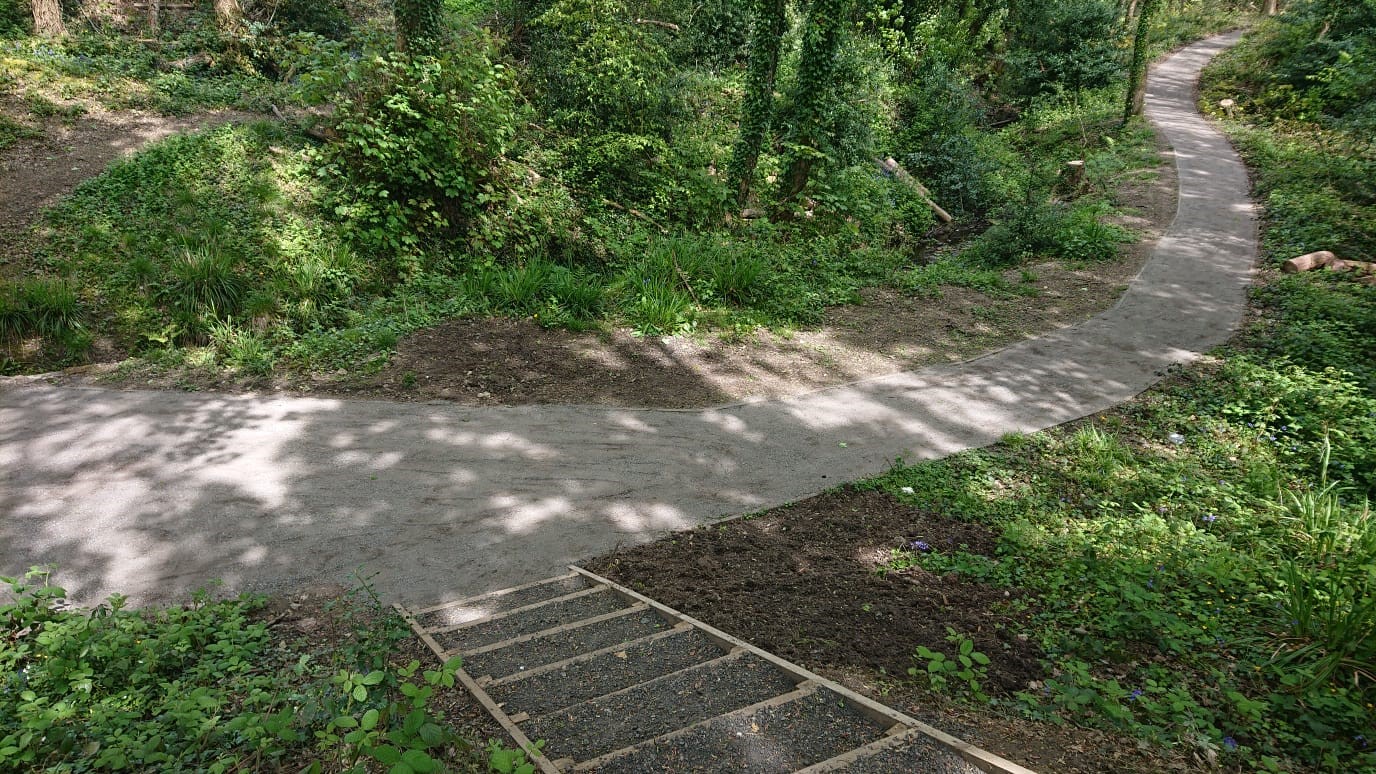
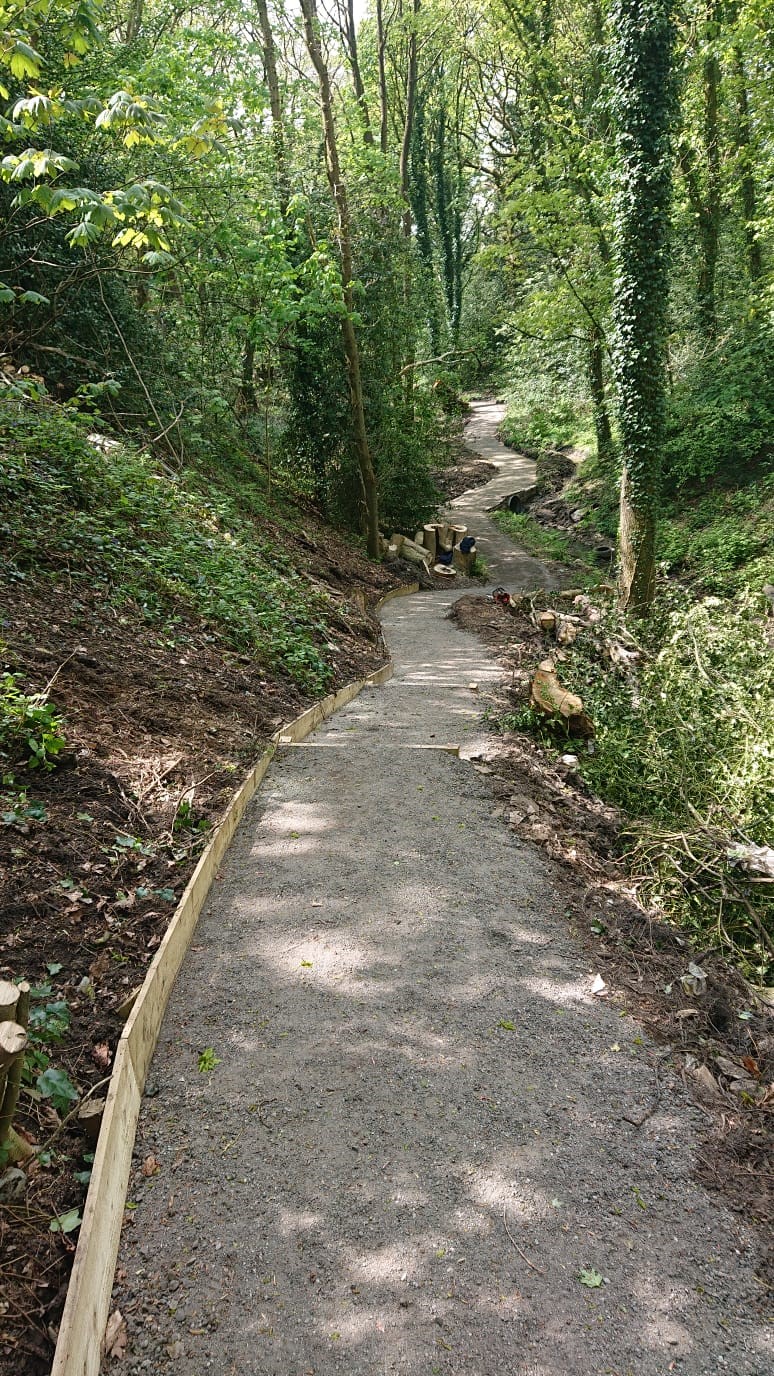
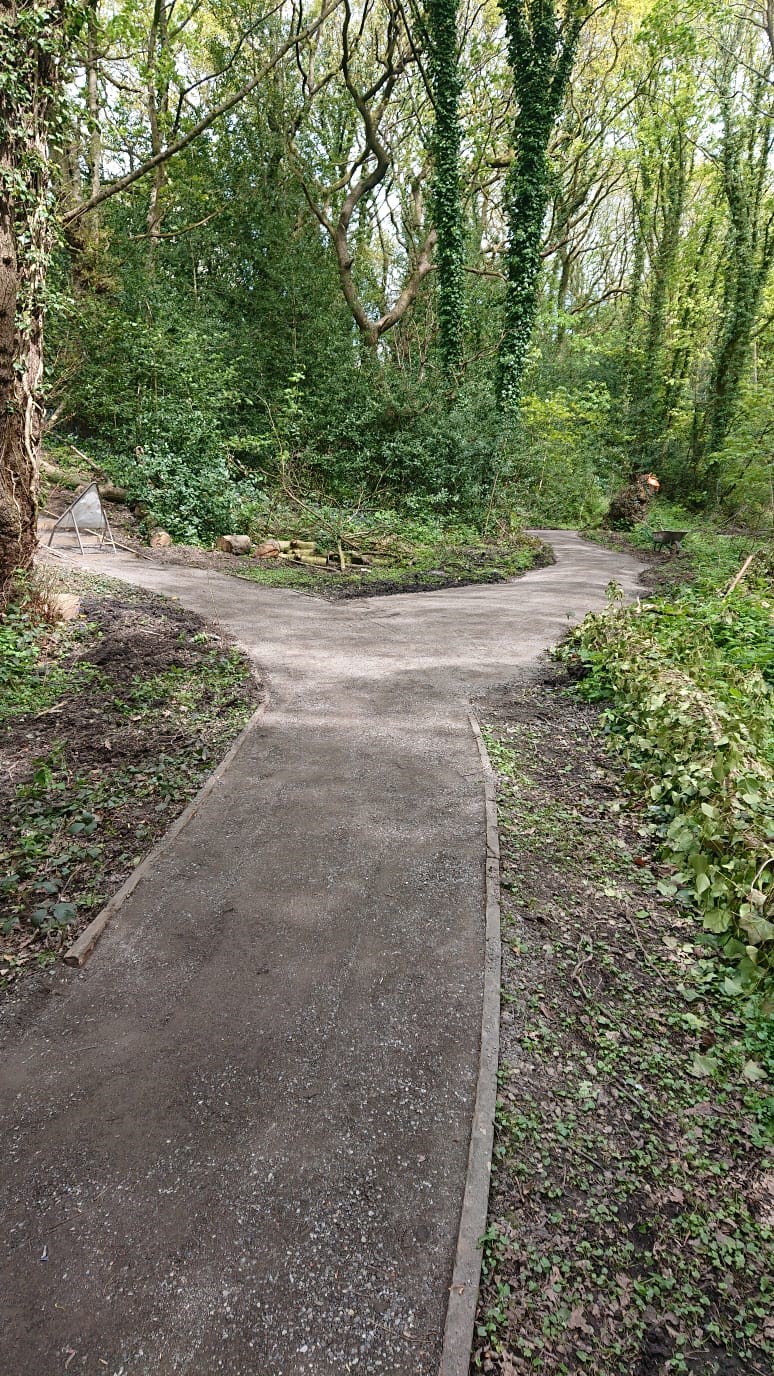
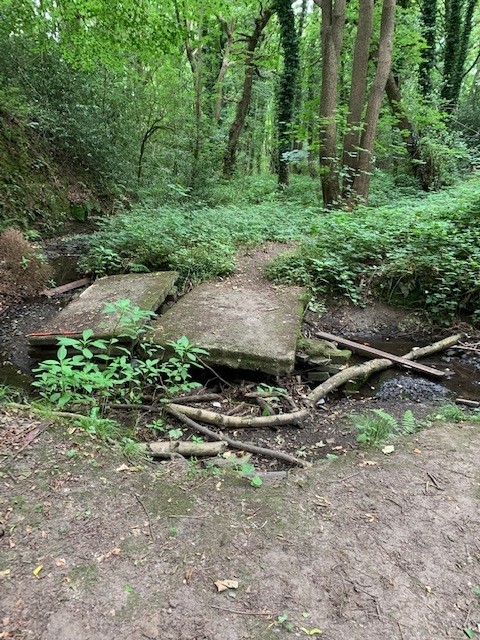
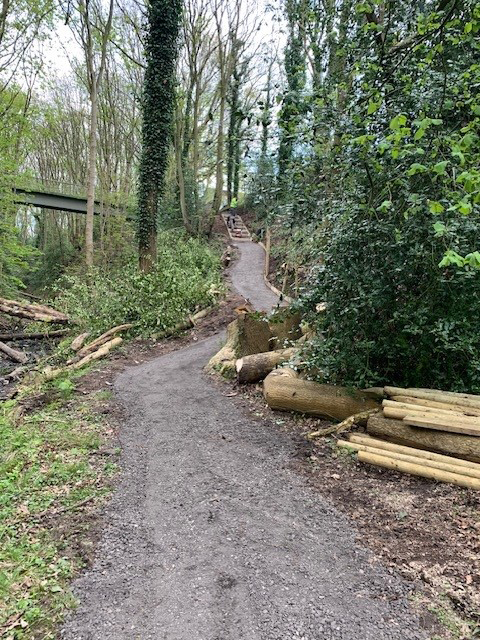
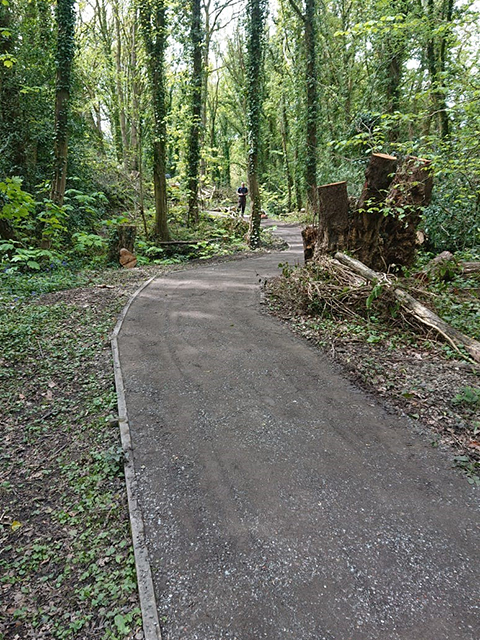
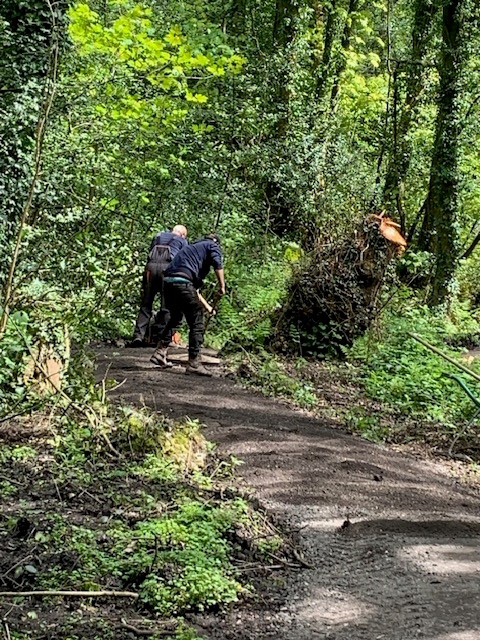
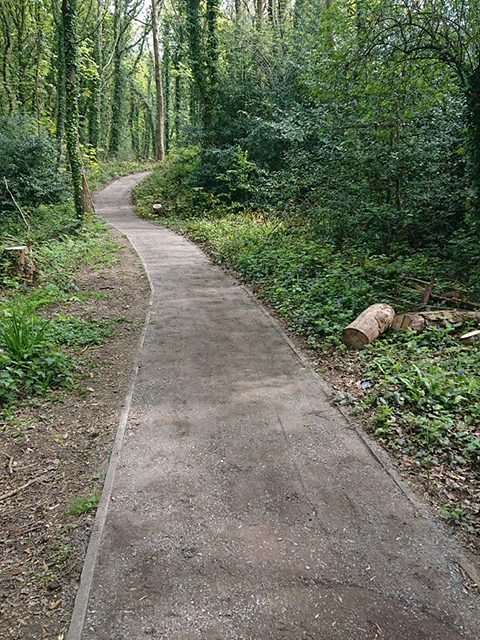
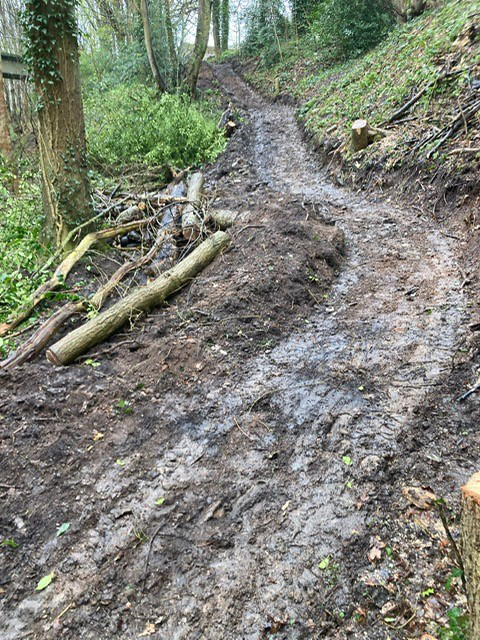
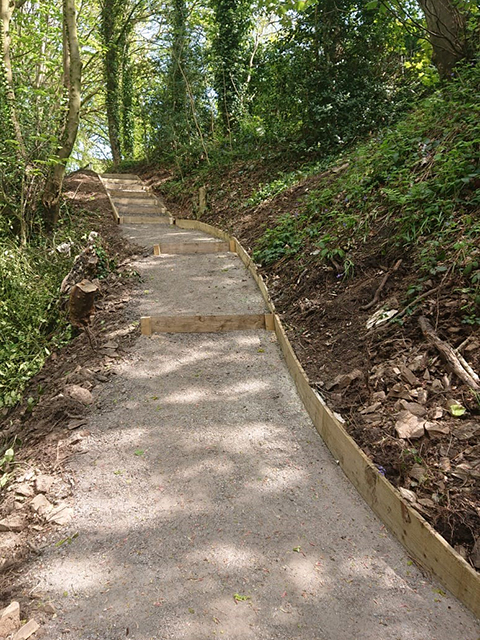
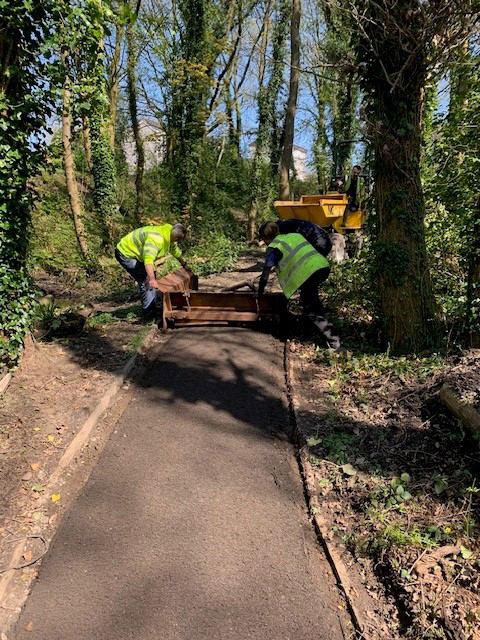
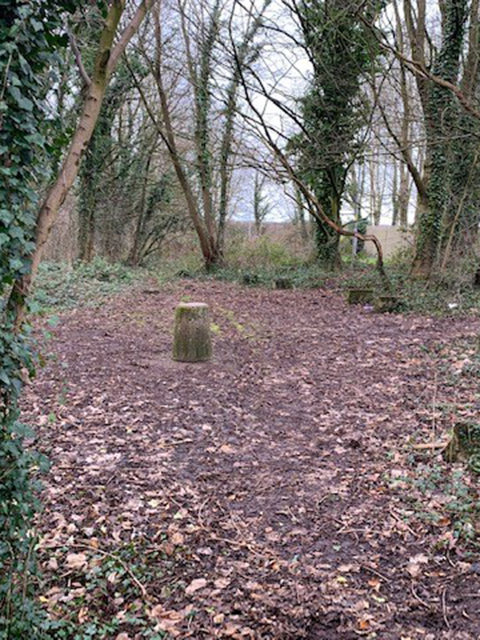
Start a conversation with us today

If you wish to sign up to our quarterly newsletter, please fill out the subscription below.
